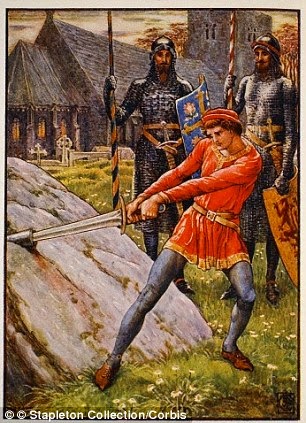At Beltane, “the emphasis placed on (hetero!)sexual activity and fertility can be alienating for many -- including children....
“The biggest
issue with children ... is that they simply do not understand the themes
presented.... A huge part of the holiday
goes completely over their heads....
“To help with this, I’ve tried to isolate a few of the major
themes of Beltane ... and re-frame them in a way that instinctively makes
sense to kids:
“LOVE – love is a huge part of Beltane, and
it’s not just sexual or love for a partner. Talk to your children about
their love for family, friends, and the world around them....
“PASSION – what is your child passionate about?
Sexual passion is certainly not the only kind there is!
“CREATIVITY – when you break it down far enough, the
magic of fertility is all about an act of creation. Plan a rite that
features a craft or activity that gives your child an opportunity to make
something, to bring something new into the world....”
Thanks to Molly Khan at PaganFamilies for this
(nice ideas, Molly!); go HERE for more.



